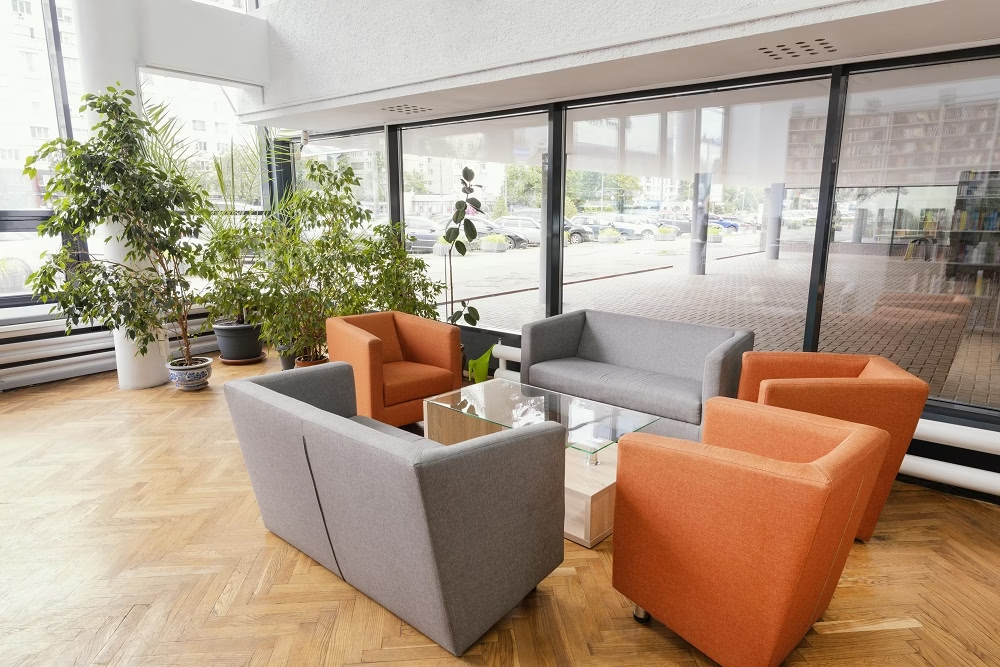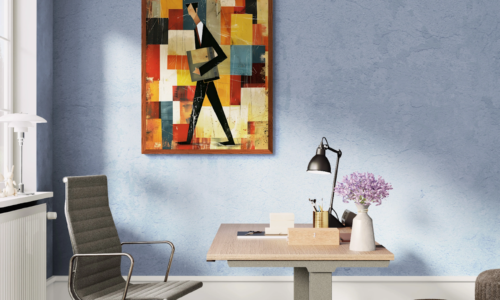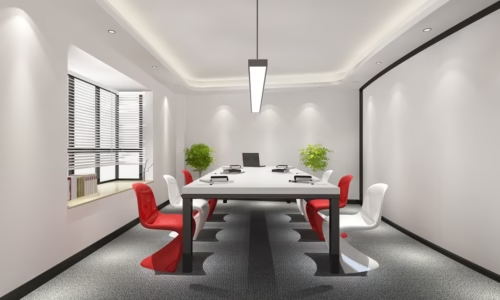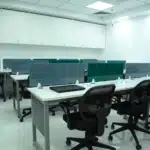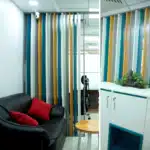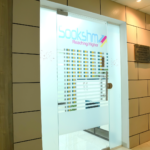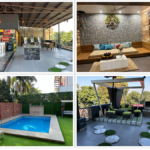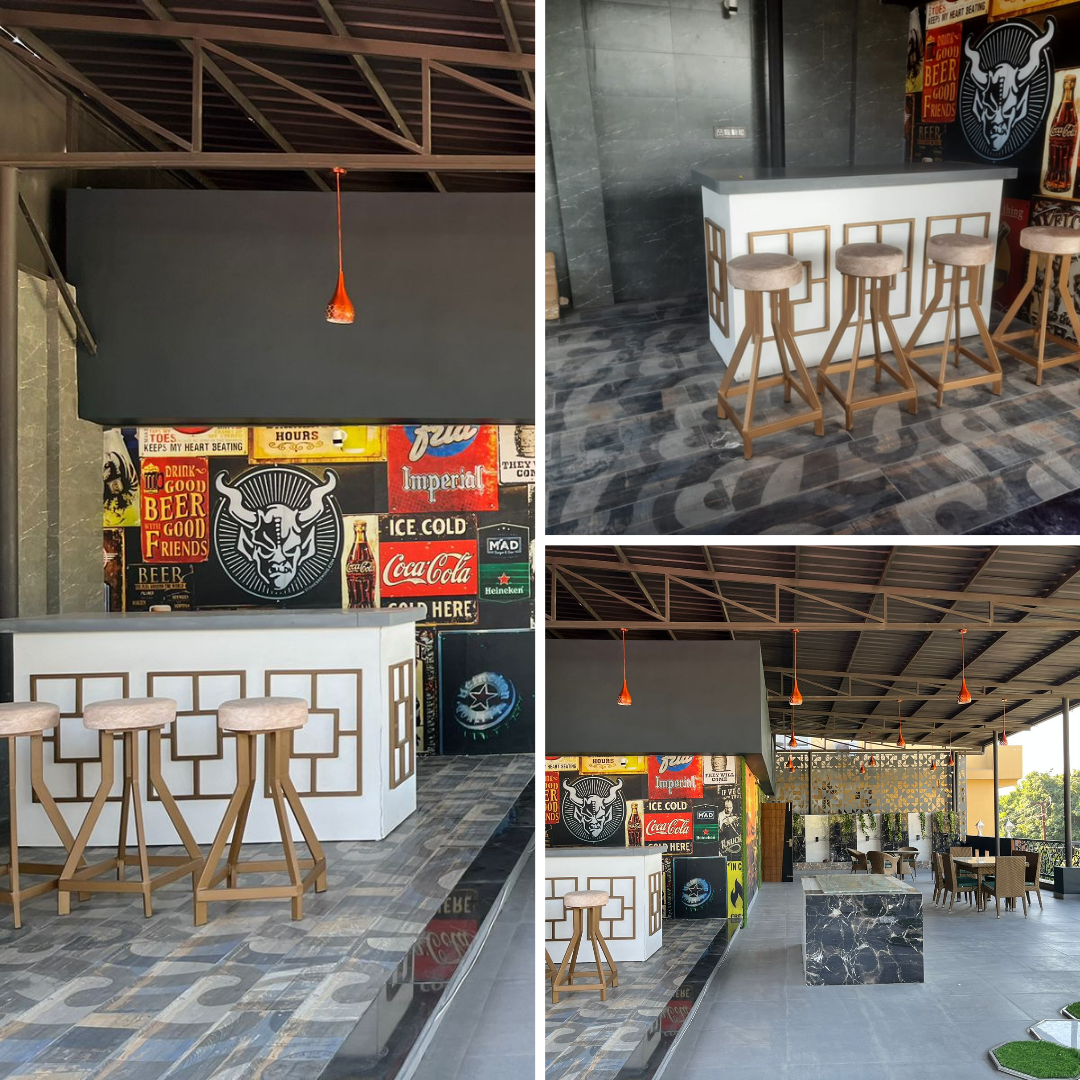The office you remember from ten years ago — rows of desks, identical cubicles, and fluorescent lights — is quickly becoming a memory. As work styles change, technology improves, and people demand healthier, greener places to work, office interiors are being rethought from the ground up. Below is a clear, simple guide to the big trends shaping office design after 2025, what they mean, and practical ideas for businesses that want to stay ahead.
Why offices are changing
Two big forces are pushing office design forward: how people choose to work (more hybrid and flexible patterns) and new technologies that let buildings adapt and respond automatically. Companies also want offices that help attract and keep staff — places that support health, comfort, and creativity. Expert reports show that leaders are re-thinking space, not just to save cost but to improve how teams connect and perform.
1) Biophilic design and wellbeing — nature inside
Bringing nature into the office remains one of the strongest trends. Biophilic design means using plants, natural light, timber, stone and views of the outdoors to make people feel calmer and more focused. The evidence is growing that daylight, fresh air, and green elements reduce stress and sick days and boost creativity. Simple moves: more plants, bigger windows, green walls, and materials with natural textures. For buildings, better ventilation and daylighting are now central to health-focused design.
2) Hybrid-first and flexible layouts
Most companies now plan for hybrid work — people who split time between home and the office. That changes what an office needs to do. Instead of fixed desks for everyone, offices are becoming a mix of:
-
Bookable focus pods for heads-down work
-
Collaboration hubs for team meetups and workshops
-
Quiet zones for concentrated work or private calls
-
Hot-desking areas for occasional visitors
The goal: make the office worth the trip. Spaces are reconfigurable, often on wheels or with foldaway partitions, so the same area can host a workshop in the morning and individual work in the afternoon.
3) Modular, moveable and multi-use furniture
Furniture is no longer permanent. Modular furniture that can be rearranged quickly supports activity-based working. Offices are moving toward easy-to-move seating, stackable meeting tables, acoustic screens, and plug-and-play power and tech points. This lowers fit-out costs and extends the life of furniture because pieces can be repurposed rather than thrown away. Many suppliers now offer refurbished or remanufactured options as part of a circular approach.
4) Smart buildings, sensors and AI-driven comfort
Offices are getting “smart” in a useful, everyday way. Sensors can monitor light, temperature, CO₂ and space use. AI helps adjust heating, ventilation and lighting to save energy and improve comfort. New tiny radar and ambient sensors can even track room occupancy without cameras — helping managers understand how spaces are used and reducing wasted space. Smart systems also let you personalize the micro-environment: a worker can set their desk lighting and temperature profile via an app. Expect AI to increasingly suggest layout changes, cleaning schedules, and energy-saving moves based on real usage data.
5) Sustainability and circular design
After 2025, sustainability is not optional — it’s central. That includes:
-
Choosing low-carbon materials (recycled metals, reclaimed wood, bio-based composites)
-
Designing for disassembly so materials can be reused
-
Buying remanufactured furniture and fixtures
-
Tracking building energy and waste digitally
Companies are also adopting circular principles: repair, refurbish, and remanufacture instead of replace. These practices reduce cost over time and support corporate ESG goals.
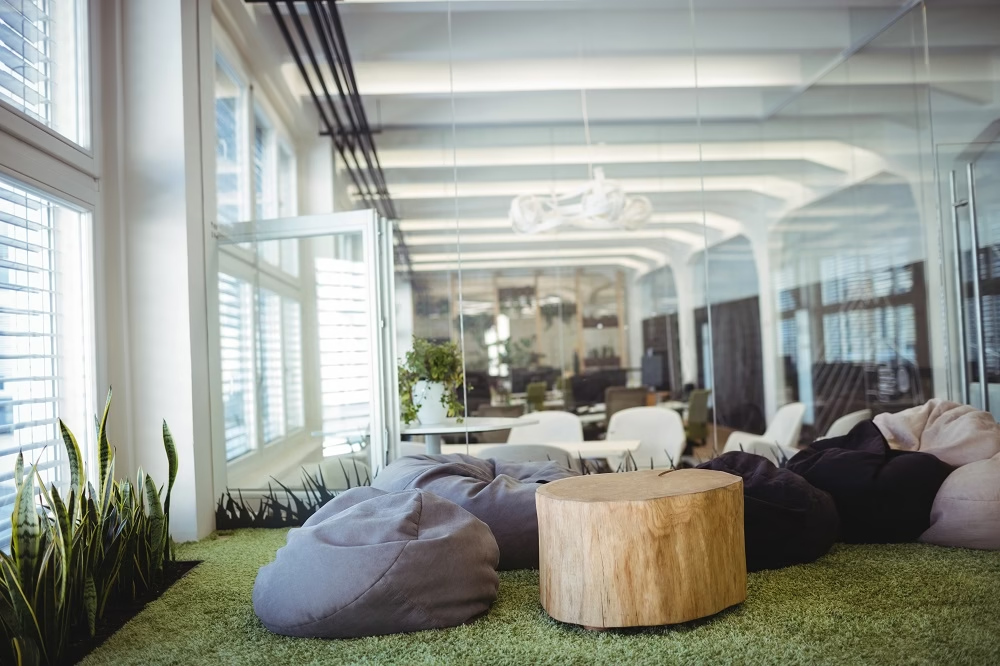
6) Better acoustics and privacy solutions
Open-plan offices hurt when noise is not managed. The future focuses on acoustic zoning: sound-absorbing ceilings, quiet pods, soft furnishings, and white-noise systems where needed. Designers use layout and materials to give people privacy without isolating teams. For phone or video calls, small bookable booths with good ventilation and acoustic treatment are becoming standard.
7) Inclusive, neurodiversity-friendly design
Modern offices recognize different sensory and accessibility needs. That means:
-
Adjustable lighting (not just on/off)
-
Quiet routes and calm spaces for people who need them
-
Clear signage, color contrast, and tactile cues for accessibility
-
Furniture and desk heights that adjust for different bodies
Designing for neurodiversity and physical accessibility makes workplaces welcoming to more people and improves productivity overall.
8) Hospitality-style amenities and “third places”
To encourage people to come in, offices are offering hospitality-style perks: cafés, comfortable lounges, fitness rooms, nap pods, and outdoor terraces. These spaces help social bonding and are especially important for creative collaboration and onboarding new staff. The office becomes part workplace, part campus — a place to meet, learn and relax.
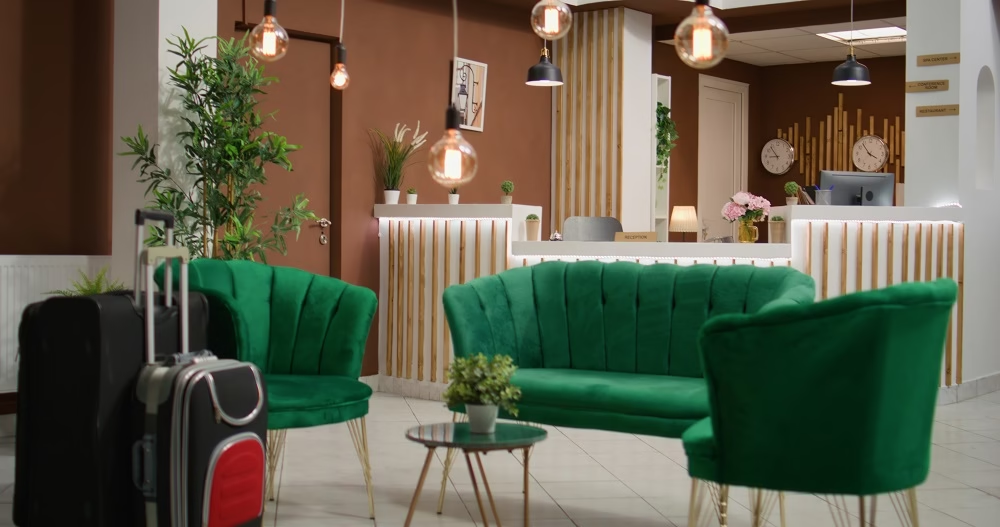
9) Resilience, safety, and smart hygiene
Health will stay a priority. Expect long-term upgrades like better filtration, touchless doors and faucets, and materials that are easier to clean without harsh chemicals. Smart cleaning schedules based on space usage (not fixed time slots) will become common. These moves protect wellbeing while saving cleaning resources.
Practical ideas for businesses (quick checklist)
-
Map how your teams actually use space for 3 months before major changes. Use simple sensors or booking data.
-
Prioritize daylight, plantings, and air quality upgrades first — they give quick morale wins.
-
Choose modular furniture that can be reused or resold; ask vendors about refurbishment programs.
-
Start small with smart tech: pilot smart lighting and HVAC in one floor to measure energy and comfort gains.
-
Add quiet booths and meeting hubs so hybrid workers have options for focused work and collaboration.
Final thoughts
Offices after 2025 will be more flexible, greener, healthier, and smarter. The best spaces will blend nature, technology, and human-centred design to support different ways of working. You don’t need to overhaul everything at once — start with changes that help people’s health and make the office useful for collaboration. Over time, modular upgrades and data from smart systems will guide bigger decisions, keeping your workplace fresh and relevant for years to come.

